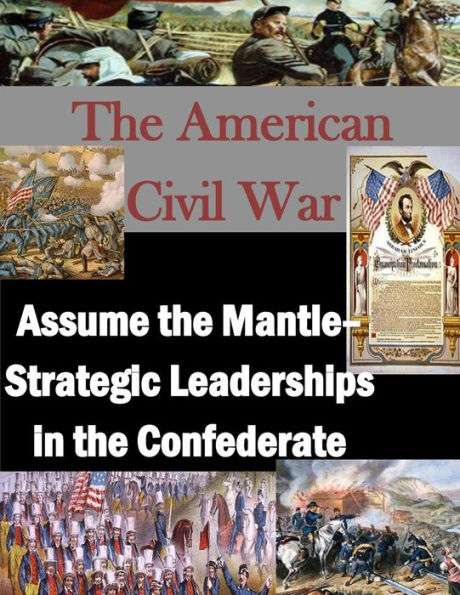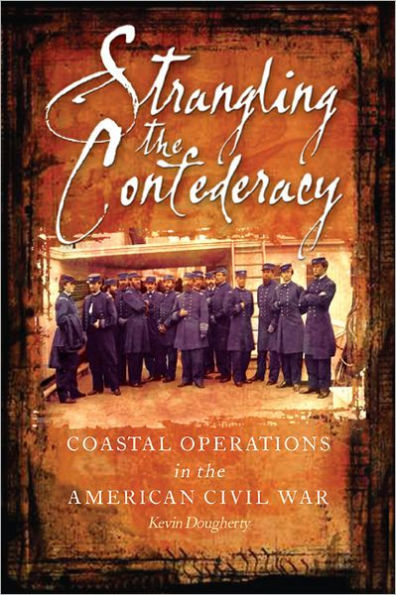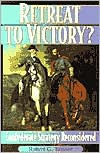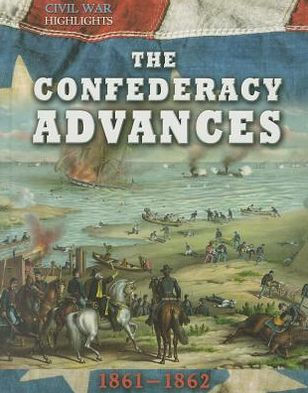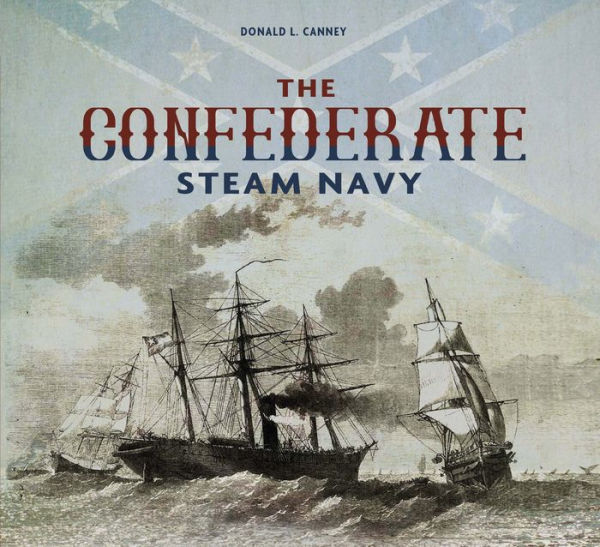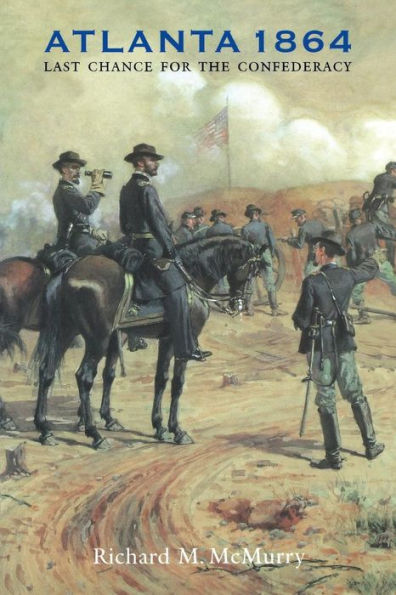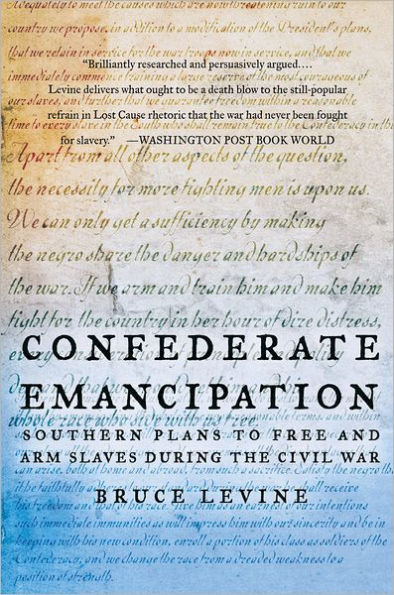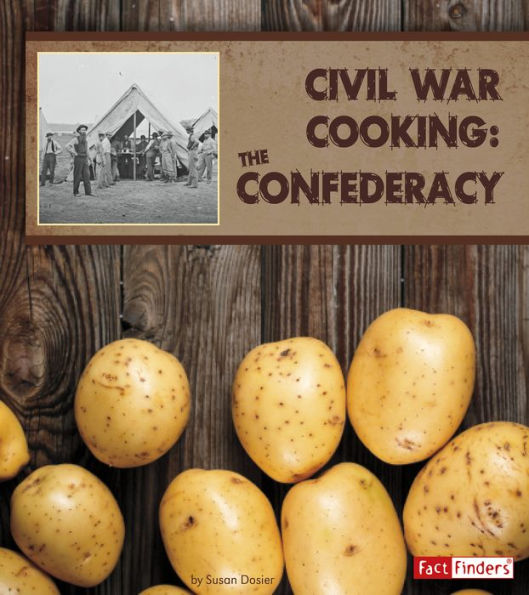Home
Confederate Strategy in 1863: Was a Strategic Concentration Possible?



Confederate Strategy in 1863: Was a Strategic Concentration Possible?
Current price: $12.95
Loading Inventory...
Size: OS
The National Military Strategy outlines the U.S. military concept for winning two nearly simultaneous Major Theaters of War: concentrate in one, shift assets to the second, and win the second. The U.S. doctrine calls for the use of decisive force in a concentration against its enemies. Army doctrine supports this concept as well. Army Field Manual 100-5 still includes the idea of concentration under the principle of war of "mass". The origin of the U.S. military thinking on concentration comes from the beginnings of the Republic. After the Napoleonic Wars, there were two schools of thought: Archduke Charles and Jomini. Archduke Charles' idea called for the distribution of -forces. Antoine Jomini advocated distribution as a necessary precursor to concentration. These schools of thought dominated pre-Civil War U.S. Army. The U.S. Army was oriented on a cordon defense. Jefferson Davis, having learned this during his time as the U.S. Secretary of War, attempted to implement a cordon defense when he became the President of the Confederacy. Other Confederate strategists advocated a Jominian concentration. One of the earliest was P. G. T. Beauregard, who generally suggested a concentration on the Tennessee theater. The Confederacy responded to the crises of 1862 with marginally successful strategic concentrations in Mississippi and Virginia. Throughout the war, Davis countered attempts at form offensive concentrations with suggestions on a defensive concentrations to shore up threatened sectors. In the spring of 1863, Robert E. Lee suggested a decisive offensive concentration in Virginia for a campaign in Pennsylvania, which Lee believed could be the decisive campaign of he war. Davis accepted Lee's ideas on the campaign, but did not ensure adequate support for it. Confederacy had forces available before the campaign. The book uses five criteria to evaluate concentrations: distance, time, combat power, leadership, and purpose. The book uses these criteria to evaluate the Confederate strategic situation in 1863 and draw some conclusions relevant to modern concentrations.
